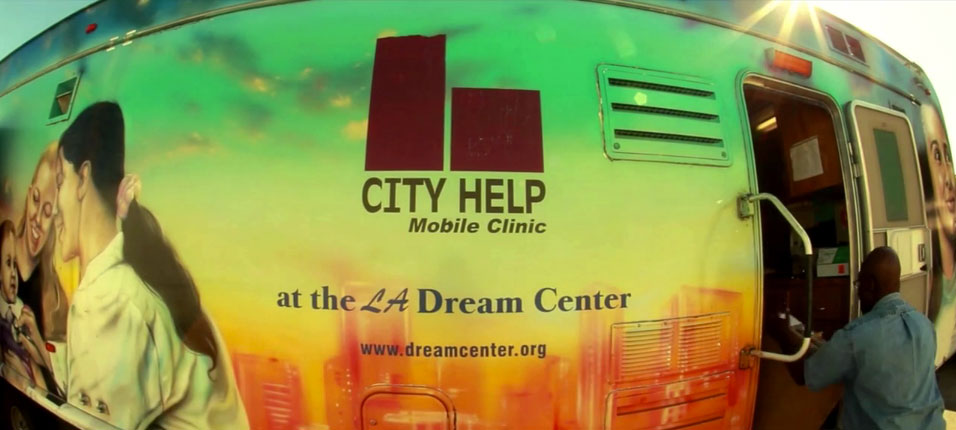
By RaeAnn Slaybaugh
Not every church fundraising initiative is a multimillion-dollar effort; often, smaller amounts are sought to fund outreach trips, new ministries and more. Regardless of the monetary goal, enlisting next-generation giving tools — those which make it easy for people to give to any mission — can bolster support and engagement.
Although tech-driven (and, therefore, possibly intimidating), incorporating these new-school tools is far less complex than it seems, according to mobile-giving experts.
Among them are Pushpay Co-Founder Eliot Crowther and Chief Marketing Officer Fraser Clark. Both acknowledge how far giving tools have come, technologically, in the church. “But now they need to be revised and simplified,” Crowther adds.

To be truly effective, a next-generation tool must be three things, he says: digital, very simple and — perhaps most important — ministry-wide. “The clarity and simplicity of message needs to be front and center,” Crowther advises. “That means the giving option needs to be consistent, no matter where, how, or to what ministry or effort a person is giving.”
True to form, Crowther and his team have designed their platform so that the same giving page can be made accessible on the church’s website, via its giving kiosks, and even on members’ cellphones. This is possible because after someone gives for the first time — no matter how — they’re invited by text message to download an app that will let them give (literally) in seconds using their phone from that point on.
This level of simplicity and immediacy is essential to combat a huge abandonment rate for online giving: Research shows that if mobile giving takes longer than 30 seconds, 85 percent of people will abandon the transaction. “People find some tools too complicated, and they walk away,” Crowther explains. “Churches tend to put up barriers to giving. If someone has a desire to give, he or she should be able to exercise that act of obedience right away.”
To this point, Crowther says he has received feedback from clients that revolves around giving outside of the traditional Sunday service. “Churches are reporting acts of generosity showing up in their accounts at seemingly random times,” he explains. “Through further investigation, these gifts could be tracked to activity on the mobile app around prayer meetings, home groups and other church activities that aren’t necessarily on a Sunday or in the church building.”
Generosity at work
Clark offers up a local church as an example of how the moment of generosity can be accommodated with next-generation giving. “Easter Camp is often such an influential time in a young person’s life,” he explains. “The church’s youth group had a large proportion of kids coming from ‘unchurched’ homes. [These kids] were finding it hard to raise money from parents who didn’t necessarily want to commit a few hundred dollars for a ‘church camp.’”
Using the company’s platform, it’s amazingly simple to respond to this need and to add “Youth Camp Sponsorship” into the dropdown giving menu. Then, when an appeal was made, church members were just 10 seconds away from supporting the cause.
 Meanwhile, at Crowther’s church, the Pushpay platform aides giving to a yearly campaign that encourages above-and-beyond giving.
Meanwhile, at Crowther’s church, the Pushpay platform aides giving to a yearly campaign that encourages above-and-beyond giving.
One recognizable client — The Angelus Temple and The Dream Center in downtown Los Angeles, pastored by Matthew Barnett — is a truly special case. At The Dream Center facility, people are often moved to give at 11 o’clock at night, after a prayer session at The Dream Center’s new prayer chapel. “If God moves them to give, they need the ability to act then and there on their generosity impulse versus enforcing a rigid traditional giving model,” Clark explains. “Matthew Barnett has found that the ability for his congregation to give immediately, by phone, has been essential in their fundraising efforts.”
Make it easy — to give and to receive
Even today, not every church has embraced next-generation giving tools. “Church leaders don’t know whether or not they’ll need an IT degree to make it work. They don’t know all the moving parts,” Crowther explains. “But, among Pushpay’s church-based users, the majority have found that implementing simple, digital, ministry-wide giving options is even easier than what they have been doing.”
Of course, nothing makes a case like results. To this end, Crowther says a simple plug-and-play strategy — when implemented with his company’s best practices — has delivered increases in some churches’ annual budgets ranging from 10 percent to 15 percent, and beyond.
“And that’s from a general budget perspective,” Clark points out. “When the technology is made available to support a specific ministry or outreach, the impact can be — and usually is — significantly more. If a church makes an impassioned plea for support of a specific project or fundraiser, the immediacy of that giving becomes essential to accommodate.”
— Reporting by RaeAnn Slaybaugh
The team at eChurch has been bringing Pushpay to churches across America, partnering to ensure simple engagement and adoption of the digital giving process.




